Our Berlin Travel Essentials lays out the essential information you need to help you plan your trip to one of the most popular destinations in Germany. No matter how frequently you travel, some questions will always need answers: What’s the weather like? How can I get from the airport to my hotel? What currency and type of plug do I need?
We have all these answers plus other basic info about the best time to go, getting there, getting around, and a few useful travel tips. It’s all compiled in this Berlin Travel Essentials. After reading this short and easy-to-read guide, you will be a little more prepared to start your trip to Berlin.
When is the best time to travel to Berlin?

- Berlin’s climate is maritime temperate, with average temperatures ranging from 0ºC in winter to 20ºC in summer.
- Most rainfall occurs from November to January
- The sunniest time of the year is from June to October.
- Snowfall can happen between December and March.
- Summer, from June to August, is peak tourist season, with hotel and flight prices rising accordingly.
- May, June and September are great times to visit, as the temperatures range around 17ºC and precipitations are scarce.
Berlin basics

- Languages: Primary: German, secondary: English
- Plug types: C and F
- Electricity: 220-240 V
- Currency: Euro (€)
- International dialling code: +49 30
- Emergency telephone number: 112
อย่าลืมแวะอ่าน
- 10 Best Family Things to Do in Berlin

10 Best Family Things to Do in Berlin
Germany - 10 Best Food Markets in Berlin

10 Best Food Markets in Berlin
Germany - 10 Most Instagrammable Places in Berlin
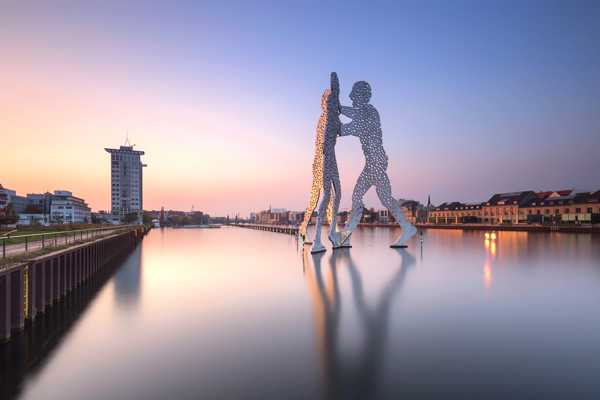
10 Most Instagrammable Places in Berlin
Germany
How to get to my hotel in Berlin?

Berlin Tegel Airport
Berlin Tegel Airport lies 9 km northwest of the city centre. It hosts 5 terminals and is the primary international airport in Berlin. There are several transfer options to reach central Berlin:
- A taxi to the city centre takes around 30 minutes. Taxi ranks can be found in the inner ring of Terminal A, at Gates 6–9, and outside Terminals C and E.
- The TXL bus takes 40 minutes to reach the city centre. Bus stops are right outside Terminals A and B.
- The X9 and 109 buses take 20-30 minutes to reach Zoo Station (railway station) from where you can get to any part of the city. Bus stops are right outside Terminals A and B.
- Rental cars can be found inside the car rental centre in parking area P2.
Berlin Schönefeld Airport
Located in the southeast of Berlin, 18 km from the city centre, Berlin Schönefeld is the former primary civil airport of East Germany. It has a strong Soviet-era feel in its architecture and facilities. Chances are you’ll land here if you come to Berlin on a charter flight or on a low-budget carrier. There are several transfer options to reach central Berlin:
- A taxi to the city centre takes around 40 minutes. The taxi rank is right outside Terminal A.
- The city train S-Bahn takes 55 minutes. You can get to the train station on the shuttle bus departing near the exit of Terminal A. Note that you may have to wait up to 1 hour for a train.
- The Airport Express train takes 35 minutes. The station sits 400 metres from Terminal A. Note that you may have to wait up to 1 hour between trains.
- The buses X7/163/171 take around 30 minutes. Two night buses, N60 and N7, are also available.
- Rental cars can be found on the ground level of Terminal A.
Berlin Hauptbahnhof (Berlin Central Station)
Berlin Central Station is the main railway station. Opened in 2006, it sits just west of the city centre. It’s connected to major European cities including Paris, Prague and Amsterdam. From here, you can easily get anywhere in Berlin by bus, subway or taxi.
How to get around Berlin?
Travel tips

All public transport in Berlin is run by the BVG (Berliner Verkehrsbetriebe – Berlin Transport Company). The company manages U-Bahn (subway), S-Bahn (urban rail transit), tramway, bus and ferry networks. Berlin is divided into 3 zones:
- A – city centre
- B – city boundaries
- C – Greater Berlin
- Most of Berlin’s attractions can be found in A and B zones.
- Tickets can be purchased at ticket machines on the platforms of U- and S-Bahn stations, and directly on buses and trams. BVG hosts ticket counters in the largest S-Bahn stations. You can also purchase tickets and cards on their website.
- A 2- up to 5-day CityTourCard (CTC) includes the use of all public transports plus 30% discounted entrance fee to 10 of the most popular attractions in Berlin. A single card is valid for 1 adult and up to 3 children (6-14 years old).
- A 2- up to 5-day Berlin WelcomeCard includes the use of all public transports plus 50% discounted entrance fee to approximately 200 major sites in Berlin. A single card is valid for 1 adult and up to 3 children (6-14 years old).
ภาพโดย Jochen Teufel (CC BY-SA 3.0) เวอร์ชั่นแก้ไข
U-Bahn (subway)

- U-Bahn features 10 lines and 173 stations.
- U-Bahn lines run from 4am to 1am on weekdays and 24 hours on weekends.
- Intervals range between 5 and 30 minutes depending on the time of the day.
ภาพโดย DXR (CC BY-SA 3.0) เวอร์ชั่นแก้ไข
S-Bahn (urban rail transit)

- S-Bahn features 15 lines and 166 stations.
- S-Bahn lines run from 4.30am to 1.30am on week days and 24 hours on weekends.
- Intervals range between 5 and 30 minutes depending on the time of the day.
Travelling by bus

- The 300 bus lines available cover the entire city.
- The most popular bus line is the 100. It starts in Alexanderplatz to end at the Berlin Zoo, passing many notable attractions in Berlin. It features double-decker buses offering great views along the way.
- Don't forget to stamp your ticket when getting on the bus.
ภาพโดย Leif Jørgensen (CC BY-SA 4.0) เวอร์ชั่นแก้ไข
The Berlin Tramway

- The Berlin Tramway opened in 1865. It’s one of the oldest tram networks in the world.
- It features 22 lines, most of them on the east side of the city.
- Tram line 68 is particularly picturesque.
ภาพโดย Jacek Rużyczka (CC BY-SA 3.0) เวอร์ชั่นแก้ไข
Taking a taxi in Berlin

- Taxis have an excellent reputation in Berlin.
- You can hail a taxi on the street or go to one of the many taxicab stands at hand all around Berlin.
- Most cabs accept the payment by credit card.
ภาพโดย Matti Blume (CC BY-SA 4.0) เวอร์ชั่นแก้ไข
What are the main annual events in Berlin?

Berlinale
- What: The Berlinale is one of the world’s most prominent film festivals. Held since 1951, it features high-profile feature film premieres, movie stars and celebrated directors.
- When: February
- Where: Potsdamer Platz
Transmediale
- What: Transmediale is one of the world’s largest festivals for media arts and digital culture. It features live performances and exhibitions of some of the best video, computer animation and other visual media artists.
- When: end of January
- Where: Akademie der Künste Hanseatenweg and other venues
Karneval der Kulturen (Carnival of Cultures)
- What: Berlin’s Carnival of Cultures is a multicultural festival celebrated annually since 1996. It celebrates tolerance and multiculturalism through street processions, theatre performances, and music events.
- When: Pentecost weekend (late May or early June)
- Where: Kreuzberg
บทความนี้ประกอบด้วยความคิดเห็นของทีมบรรณาธิการ Go Guides Hotels.com จ่ายค่าตอบแทนให้ผู้เขียนบทความลงบนเว็บไซต์นี้ ค่าตอบแทนดังกล่าวอาจรวมถึงค่าใช้จ่ายด้านการเดินทางและอื่นๆ
เริ่มต้นวางแผนการเดินทาง
พักที่ไหนดีใน Berlin

โรงแรมเบอร์ลิน เบอร์ลิน โรงแรมในเครือเรดิสัน อินดิวิดวลส์
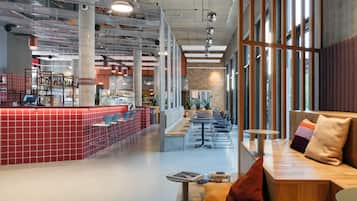
เออร์บันลอฟท์เบอร์ลิน
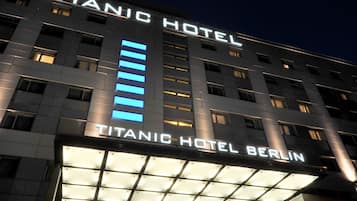
ไททานิก คอมฟอร์ต เบอร์ลินมิตเทอ

คราวน์พลาซ่า เบอร์ลิน ซิตี้เซ็นเตอร์ - เครือโรงแรมไอเอชจี
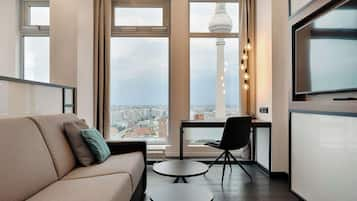
พาร์คอินน์ บายเรดิสัน เบอร์ลิน อเล็กซานเดอร์พลัทซ์
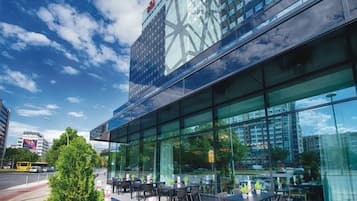
โรงแรมรียูพลาซ่า เบอร์ลิน
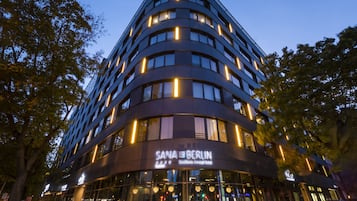
โรงแรมซานา เบอร์ลิน

Locke ที่ East Side Gallery

โรงแรม H2 เบอร์ลิน อเล็กซานเดอร์พลัทซ์

ไททานิค ชาวซี แบร์ลิน
เรื่องอื่นที่น่าสนใจ
- 10 Best Family Things to Do in Berlin

10 Best Family Things to Do in Berlin
Germany - 10 Best Food Markets in Berlin

10 Best Food Markets in Berlin
Germany - 10 Most Instagrammable Places in Berlin

10 Most Instagrammable Places in Berlin
Germany - 10 Places Where Locals Love to Eat in Berlin

10 Places Where Locals Love to Eat in Berlin
Germany - 6 Things to Do in Berlin in Winter
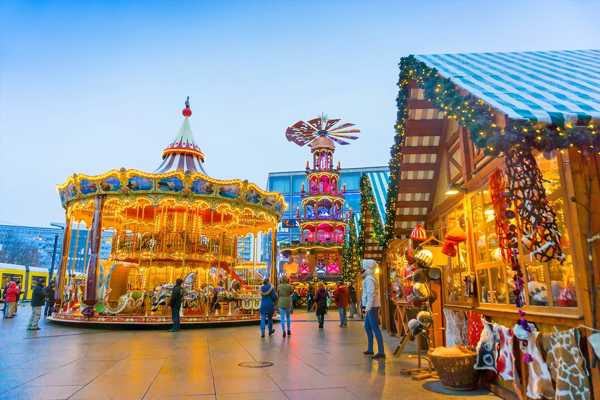
6 Things to Do in Berlin in Winter
Germany - 10 Best Rooftop Bars in Berlin
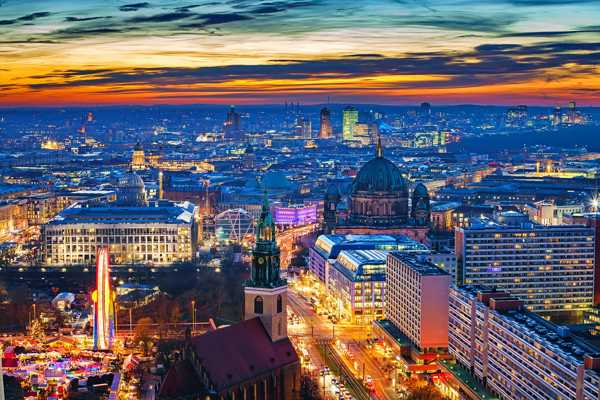
10 Best Rooftop Bars in Berlin
Germany - 10 Most Popular Streets in Berlin

10 Most Popular Streets in Berlin
Germany
